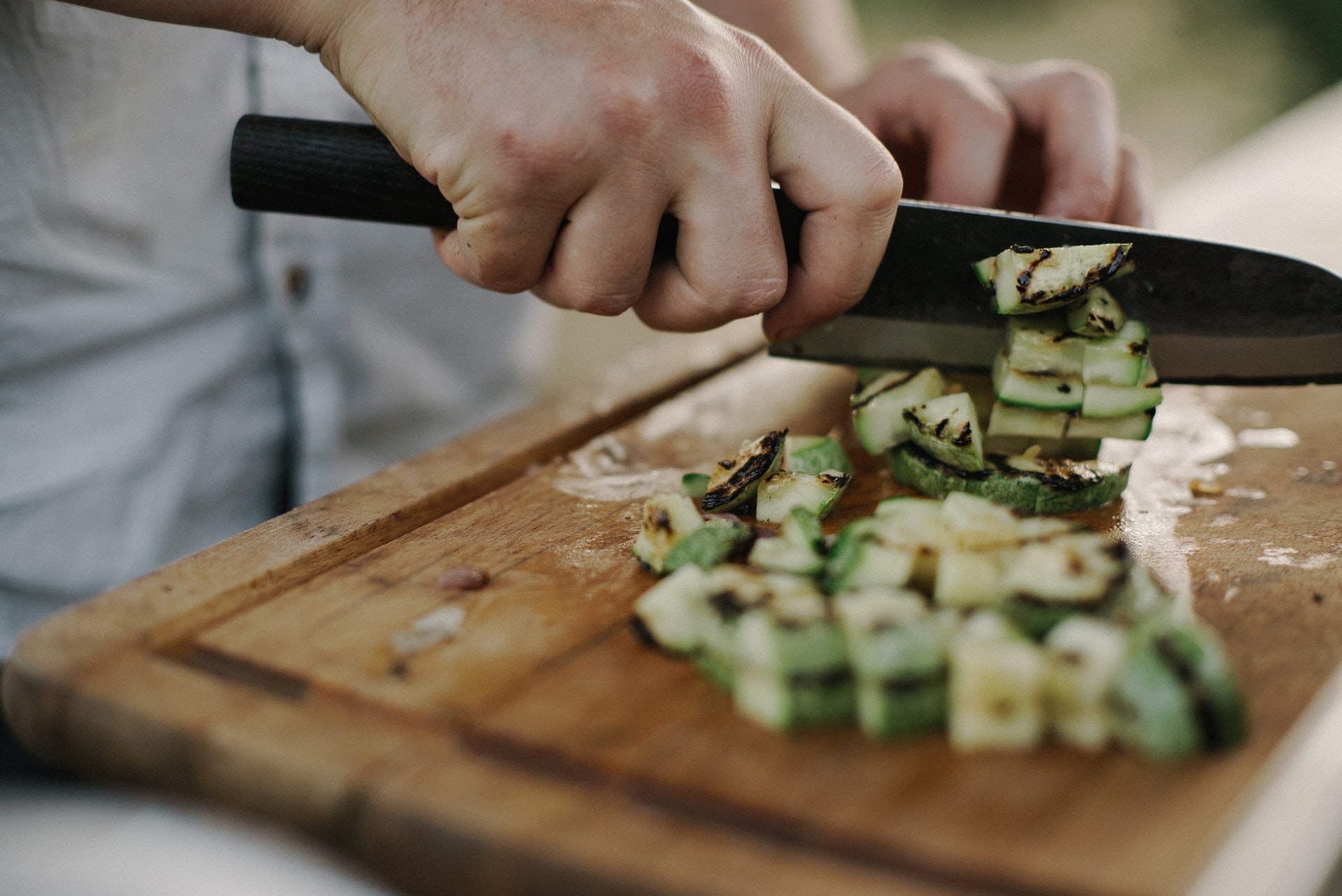3 Ways to Boost Your Prep Efficiency

What makes a prep system great? From a high-level perspective, it simply means that you:
- Don’t run out of prepared product,
- Don’t waste excess / improperly prepared product
Sounds pretty easy, right? Except, I imagine that no one reading this has ever gone a full calendar year without 86’ing a dish because of one of these things. Why is that?
Excluding supplier/vendor issues, this is typically because of our inability to triage effectively.
Merriam-Webster defines triage as:
“The assigning of priority order to projects on thebasis of where funds and other resources can be bestused, are most needed, or are most likely to achievesuccess”.
Your internal food preparation methods are a perfect example of an around-the-clock triage system. Each day (or night) you are relying on your team to correctly identify:
- Items most in need of prep
- The priority order of prep tasks
- The product PARs
Let’s expand on those 3 categories a bit:
Identify the Items Most in Need of Prep
In order to effectively establish which items are needed the most, you need to have a clear understanding of the current quantity on hand of any given product.
I can’t count the number of kitchens I’ve been in where “writing the prep list” meant walking around with a piece of paper (pilfered from the office if you’re lucky -- ticket paper if you’re not) on a food vendor clipboard. You poke your head into the coolers and freezers to see what looks low or missing, jot it down, and then transfer it to a whiteboard hastily screwed into a wall somewhere.
Your prep list then looks something like the following:
- Sl. Tomatoes x 4
- Crispy onions x 2
- Slice and portion chicken
- Boil potatoes for hash browns
- Roast beef
While there are a few issues with this approach, the most glaring is the lack of information about the current quantity on hand for any given product. Without that information, it’s impossible to triage the prep list effectively. What’s more pressing, slicing the beef or pressing the burgers?
If we knew how many of each we had (say, 20 portions of chicken and 2 orders of hash browns) we would instantly know that the hash browns were a much higher priority item and should be moved up the triage list.
Prioritise the Order of Prep Tasks
Another efficiency killer in commercial Prep Systems is the inability to start items in a time-appropriate manner. Looking at the prep list above, an experienced operator would see the two portions of hash browns and know it needed to get started right away; however, not everyone follows your train of thought.

As an operator, you need to be aware of your own personal “like-me” bias. An inexperienced cook will probably start with the jobs they can do the fastest (I’m looking at YOU, veg preppers). It’s the primal yearning for instant gratification - slicing those tomatoes and mushrooms will take no time at all, so it’s two things you get to cross off the whiteboard. Don’t even get me started on “chopped parsley”.
So, how do you combat that? By assigning the specific order in which you wish to see the priority items completed.
E.g.: On your prep board, place the #1 beside the item you wish to see started first (in this case, putting the hash browns in a pot on the stove), a #2 beside the next item (let’s get that roast loaded in the oven), etc.
Assigning tasks a number, 1 through 5, then repeating that process every time it’s cleared is a sure-fire way to ensure a united front from all team members conducting prep that day.
Correctly Identify Product PARs
The ability to react to seasonal changes in volume is critical to your restaurants ability to effectively manage waste and product shortages.
Your Point of Sale System is a powerful tool, and has a goldmine of data available to you should you wish to seek it! Most platforms have the ability to generate a “Sales Mix Analysis” - a detailed count of each menu item that you’ve sold in a given period.
These should be reviewed once a month against your current Periodic Automatic Replacement (PAR) levels. For example, let’s imagine the following sales mix analysis, month-over-month:
January - Menu Items Sold
- Beef Burgers x 120 each
- Chicken Sandwiches x 80 each
- Beef Dip x 100 each
February - Menu Items Sold
- Beef Burgers x 110 each
- Chicken Sandwiches x 100 each
- Beef Dip x 45 each
If we find the average monthly sales for each item (add them together and divide by the number of months), we end up with the following averages:
- Beef Burgers x 115 each
- Chicken Sandwiches x 90 each
- Beef Dip x 72 each
At an average of 4.34 weeks per month, this can be further broken down to:
- Beef Burgers x 26 each per week
- Chicken Sandwiches x 20 each per week
- Beef Dip x 16 each per week
Knowing how much of your key menu items you are selling on a weekly basis is crucial to setting realistic PAR levels.
Putting it All Together
In order to have an effective Prep System, we need to know:
- How much of the product is currently on hand,
- What our par level is supposed to be and
- In what order the prep needs to be accomplished.
Having a clearly defined system of reviewing the PARs monthly and adjusting as necessary is just as important. The system is only as good as the data it’s being fed.
Finally, to illustrate all of this, here’s an example of what a prep board and/or count sheet that accomplishes these goals looks like, (plus how to spot and avoid a potential tragedy!1):
| Product | Quantity on Hand | PAR UoM | UOM | Prep Amount |
|---|---|---|---|---|
| Beef Burgers | 18 | 26 | EA | 8 |
| Roasted Chicken | 20 | 10 | EA | 0 |
| Hash Browns | 2 | 40 | EA | 38 |
- The keen observer would note that our Roasted Chicken quantity on hand is double our par level required. Knowing the short shelf-life of poultry, this is an item that could be repurposed into a special or feature for the day, tossed in a soup, etc. Crisis averted!↩